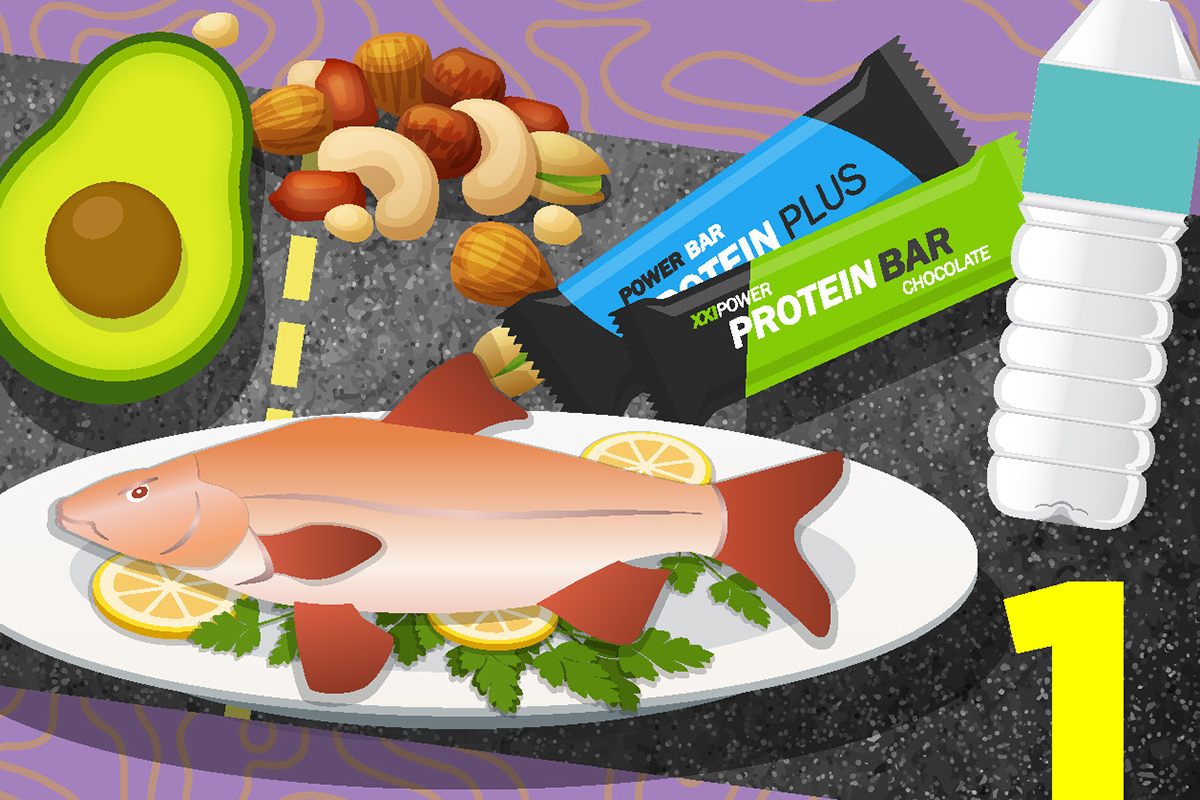Stay Safe This Summer and Protect Your Body from the Sun's Harmful Rays
Know the dangers of the sun and what you can do to protect yourself and your family.

It’s summertime, which calls for outdoor BBQs, sitting out by the pool, and escaping outside to enjoy the warmth of the sun. Being outside offers many benefits like boosting your mood and improving sleep. But, being in the sun for an extended period of time can be dangerous if you haven’t properly prepared yourself before heading out the door.
Dangers of the sun
Your body is vulnerable to the harmful rays of the sun. Melanoma, the most common and harmful form of skin cancer, is caused by exposure to the sun’s UV rays. Having consistent sunburns (five or more sunburns from a young age) caused by not protecting your skin can increase melanoma risk by 80%.
Related: What Actually Happens to Your Body When You Get Sunburned?
However, skin cancer isn’t the only thing to worry about. Your eyes and immune system can be impacted. Because your eyes are sensitive, they can be injured if not properly cared for when outside.
Sensitivity, blurred vision, and continuous tearing are only three sun-related outcomes that result from improper eye protection. More serious eye injuries that can cause long-term damage include cataracts, macular degeneration, pterygium, keratitis, and eyelid skin cancer.
Additionally, prolonged exposure to the sun can negatively impact the immune system by suppressing it to the point where it struggles to detect malignant cells.
5 ways to protect you and your family from the sun
It doesn’t take much time for the sun to damage the skin, and you may not see the damage immediately. It can take up to 12 hours for you to see the aftereffects. There are several ways you can decrease the risks of sun-related illnesses.
- Limit your time in the sun. While it may be fun to be outside enjoying the warmer weather by the pool, being outside in the sun—especially during the peak hours of 10 am to 2 pm—can be dangerous. This four-hour period is when the sun’s rays are most powerful and harmful.
And don’t be fooled by cloudy days. Even on the cloudiest of days, the sun’s rays can cause a nasty sunburn. It is recommended to only stay outside for 10 to 15 minutes each day to reap the benefits of the sun such as vitamin D.
However, there are additional factors, like skin color and elevation, to consider when determining how long you can be outside in the sun.
- Use sunscreen and remember to reapply as recommended. If you don’t already use sunscreen, now is the time to add it to your morning skincare routine. Broad spectrum sunscreen prevents the development of skin cancer, premature aging, and wrinkles.
There are two types of sunscreens on the market: physical and chemical. Physical sunscreens block UV rays from reaching the skin while chemical sunscreens absorb the rays. Both are effective at protecting the skin from overexposure to the sun if you apply your sunscreen correctly.
To truly protect your skin, it’s critical to reapply sunscreen every two hours. Look for sunscreens that have at least a sun protection factor (SPF) of 30 and are water resistant.
Related: How to Choose Sunscreen and When To Reapply
- Wear protective clothing. Protective clothing like large-brimmed hats, UVA and UVB blocking sunglasses, and specific clothing (i.e. long sleeves) can further protect your skin from the sun. This type of clothing blocks the UV rays and are categorized by an ultraviolet protection factor (UPF) number, which is similar to an SPF number.
For example, clothing with a UPF 50 will prevent 98% of the UV rays from reaching the skin. Additionally, clothing that is thicker and darker in color can absorb rays better than thin and light-colored clothing.
- Don’t forget about lip and eye protection. The lips and eyes are very thin and more vulnerable to damage and are easily forgotten when it comes to sun exposure and protection. Not providing protection to these areas on your face can increase your chances of skin cancer.
For your lips, look for balms that contain at least an SPF of 15 and don’t have any drying ingredients like menthol, camphor, and phenol. Because contact dermatitis can happen, avoid ingredients that may cause irritation or an allergic reaction such as beeswax.
For your eyes, you can apply normal facial sunscreen, but if you have more sensitive skin, mineral sunscreens (or physical sunscreens) were designed for your skin type and may reduce the chances of having a negative eye reaction.
- Get your vitamin D from a healthy diet. Getting a healthy dose of vitamin D is important to your overall health. However, it can be difficult if you are trying to avoid overexposure to the sun.
The good news is you don’t have to spend a significant time outside for your body to process vitamin D. If you have light skin, you may only need 15 minutes whereas, if your skin is darker, it may take longer.
Sunscreen does hinder your skin from producing vitamin D but that shouldn’t keep you from wearing sunscreen daily. There are other ways for you to get your daily recommended value of vitamin D.
With the guidance of your healthcare provider, you could consider daily supplements or dietary changes, such as eating more fatty fish like salmon, egg yolks, and mushrooms, which are all good sources of vitamin D.





